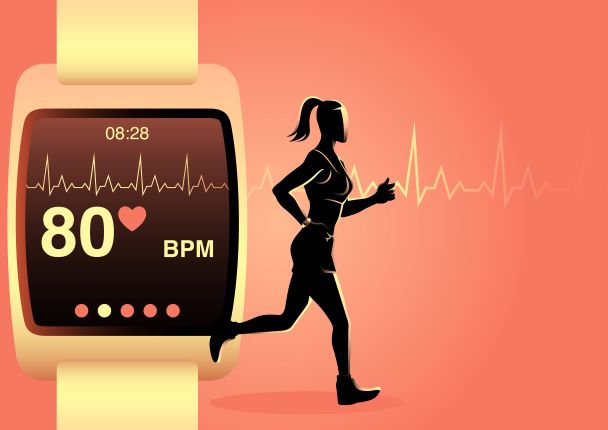This test is run by .
Note that your final mark will not be saved in the system.
Note that your final mark will not be saved in the system.
A2-A3 Fitness training principles and exercise intensity GapFill
Target Level
Pass
Running Total
0
0%
Attempt
1 of 3
You must fill all the gaps before clicking ‘Check Answers!’

When planning a training programme, the key principles of training should be considered to maximise the positive effects of training. There are two acronyms that you should remember: SPORT and FITT.
'SPORT' refers to the key principles of training:
- suggests that training should be relevant to the sporting event that is being trained for, or the components of fitness being targeted. For example, a 100 m sprinter wouldn’t find long-distance running beneficial to their sport. Likewise, training would be irrelevant for someone aiming to improve their aerobic and muscular endurance.
- means that the training should gradually progress in difficulty by applying the FITT principles of overload (see below). This helps to prevent the performer plateauing in their progress. For example, a tennis player may increase the intensity of their training sessions to ensure they are applying enough stress to their body to gain the necessary long-term adaptations from training.
- suggests that regular training is required to ensure positive long-term adaptations from training. If training stops, these gains may be lost. For example, a long-distance runner’s muscular endurance will decrease if they cease to train due to an injury.
- Training thresholds are represented as a % of maximum heart rate and are designed to gauge the intensity of training depending on the adaptations the performer is wanting to experience. Maximum heart rate is estimated using the Karvonen formula: 220 – . The target heart rate for aerobic adaptations is around % HR max, whereas the anaerobic target zone is around % HR max.
- , such as the participant's characteristics, likes and dislikes and overall training aims.
- - these are the long-term changes of the body from training, which ultimately translate to improvements in performance. The design of the programme should consider how principles such as progressive overload, reversibility and rest and recovery will help the body undergo these changes.
- Rest and recovery - this is important in order to allow time for the body to adapt and return to a physical state where the performer can train to a high level again.
- Variation - performing a range of training methods and activities helps to maintain motivation for the training programme and avoids .
The FITT principle can be tied in with the above principles of training. These are as follows:
- is the number of times an individual participates in training (i.e. how often). This can vary depending on the training type, but involves how often they train, e.g. three times a week.
- is the level at which a performer is working during the training regime (i.e. how hard). This can vary according to training type, but could include increasing the weight they are lifting or increasing the aerobic/anaerobic thresholds.
- refers to the duration of the training session (i.e. how long). For example, one hour for continuous low-intensity training may be fine, but 20 minutes is sufficient for high-intensity interval training.
- refers to the type of exercise being completed – for example, whether it’s aerobic or anaerobic – and the nature of the activity, e.g. continuous training for marathon runners and fartlek training for team-sport players. Activities should be specific to the sport that the performer participates in.